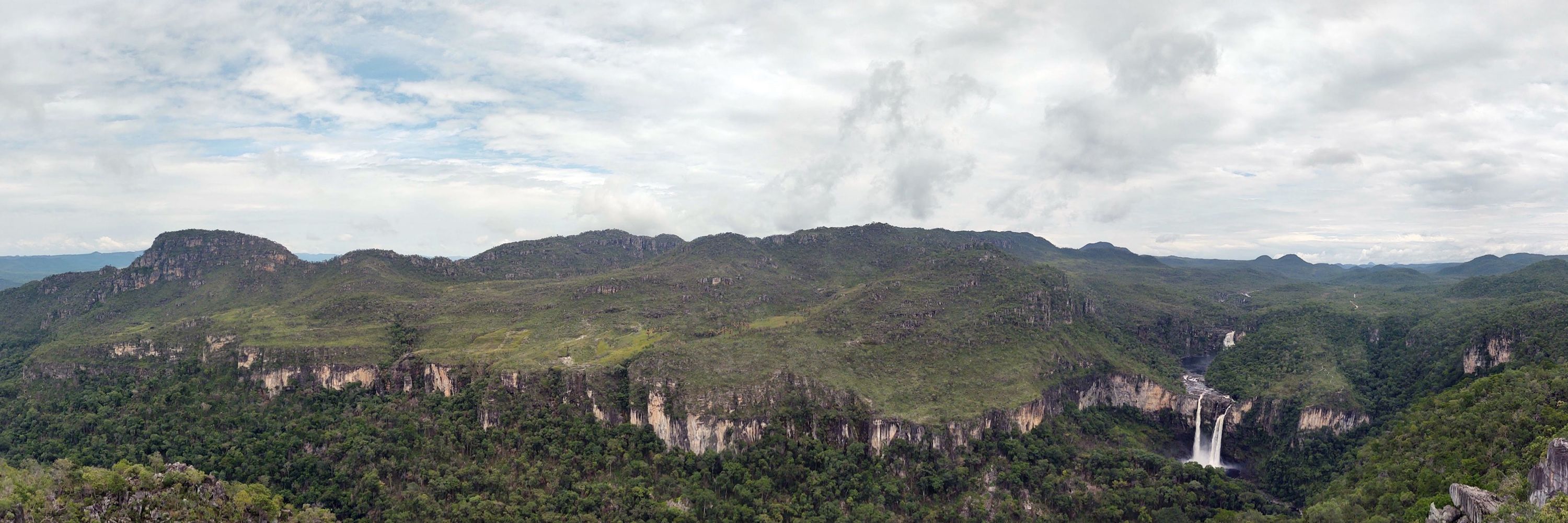

✅ High-severity fires → ↑ Resistance
❌ But ↓ Compensation & slower recovery.
We found severe fires homogenize habitats, disproportionately affecting species with limited reproductive flexibility.
We show generation time and reproductive output predict resilience. #Ecology

✅ High-severity fires → ↑ Resistance
❌ But ↓ Compensation & slower recovery.
We found severe fires homogenize habitats, disproportionately affecting species with limited reproductive flexibility.
We show generation time and reproductive output predict resilience. #Ecology
• _Copeoglossum nigropunctatum_ (viviparous, slow-paced)
• _Micrablepharus atticolus_ (tiny, fixed clutch size)
• _Tropidurus itambere_ (multiple clutches)
#BrazilBiodiversity
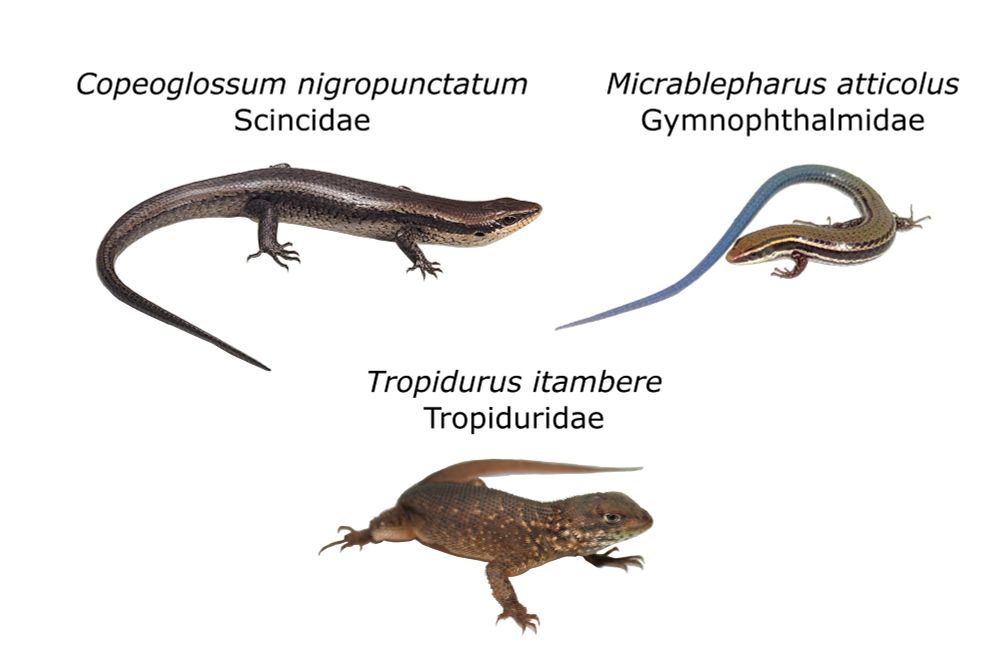
• _Copeoglossum nigropunctatum_ (viviparous, slow-paced)
• _Micrablepharus atticolus_ (tiny, fixed clutch size)
• _Tropidurus itambere_ (multiple clutches)
#BrazilBiodiversity
Lessons for fire-prone savannas worldwide:
– **Collaborative governance** (locals + scientists) reduces wildfire risks.
– **Traditional knowledge** is key to sustainable fire use.
– **Climate resilience** depends on balancing ecology and livelihoods.
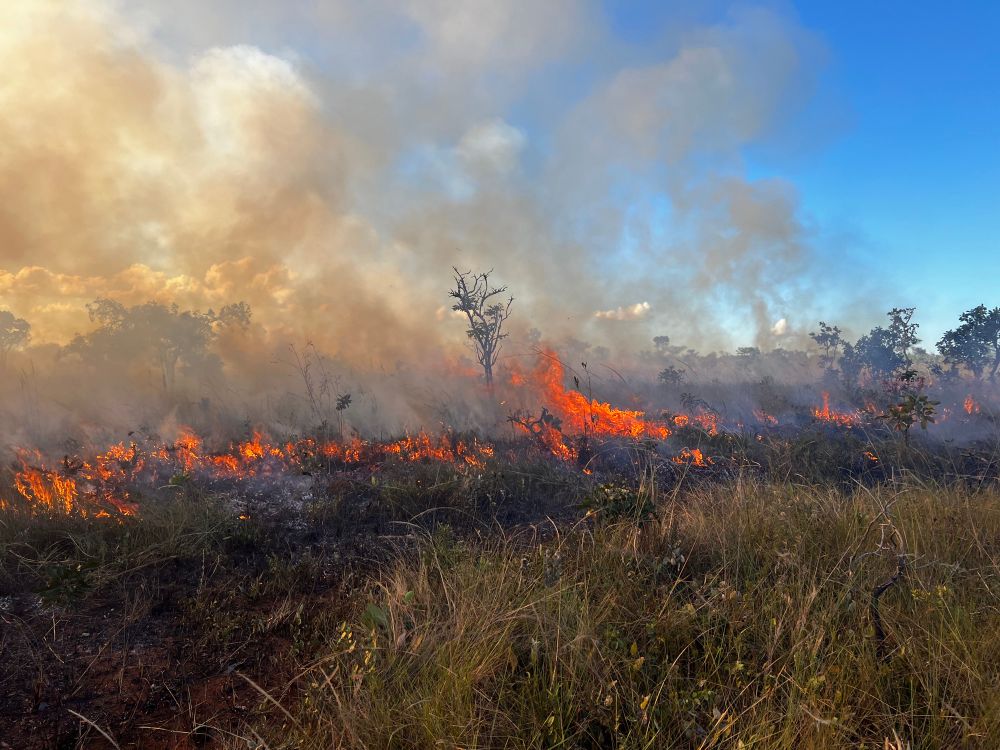
Lessons for fire-prone savannas worldwide:
– **Collaborative governance** (locals + scientists) reduces wildfire risks.
– **Traditional knowledge** is key to sustainable fire use.
– **Climate resilience** depends on balancing ecology and livelihoods.
Brazil’s new **National IFM Plan (Law 14.944/2024)** is a step forward, but success requires:
✅ Training programs for rural communities.
✅ Faster licensing for prescribed burns.
✅ Science-based monitoring of fire regimes.
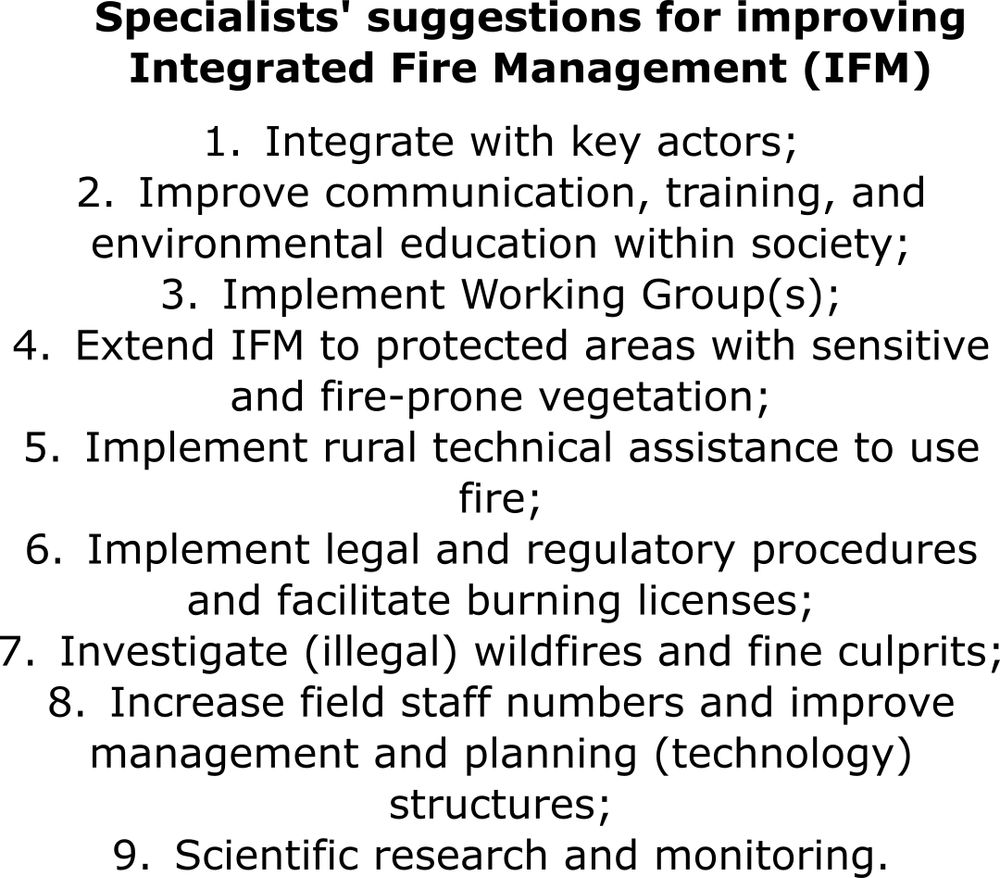
Brazil’s new **National IFM Plan (Law 14.944/2024)** is a step forward, but success requires:
✅ Training programs for rural communities.
✅ Faster licensing for prescribed burns.
✅ Science-based monitoring of fire regimes.
– **Education matters**: Higher education correlates with prioritizing biodiversity.
– **Age plays a role**: Older residents undervalue fire’s ecological role.
– **Policy barriers**: Lack of training and stigma around fire use persist.
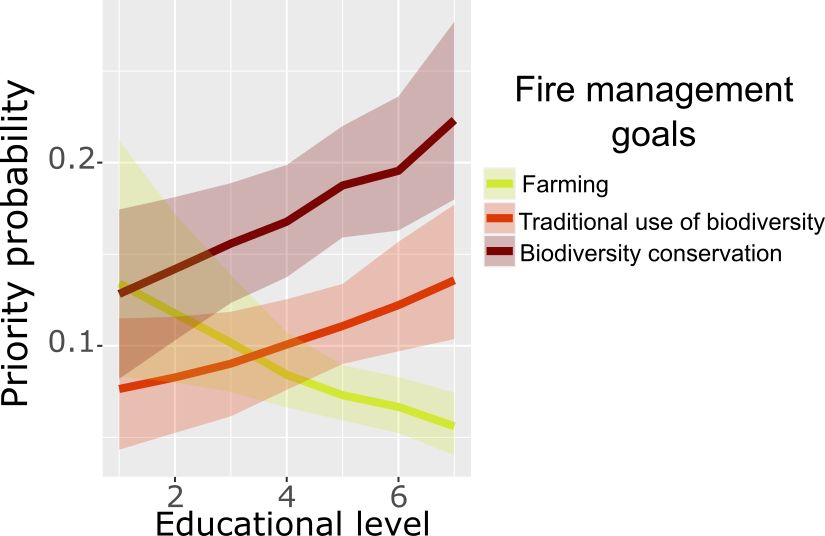
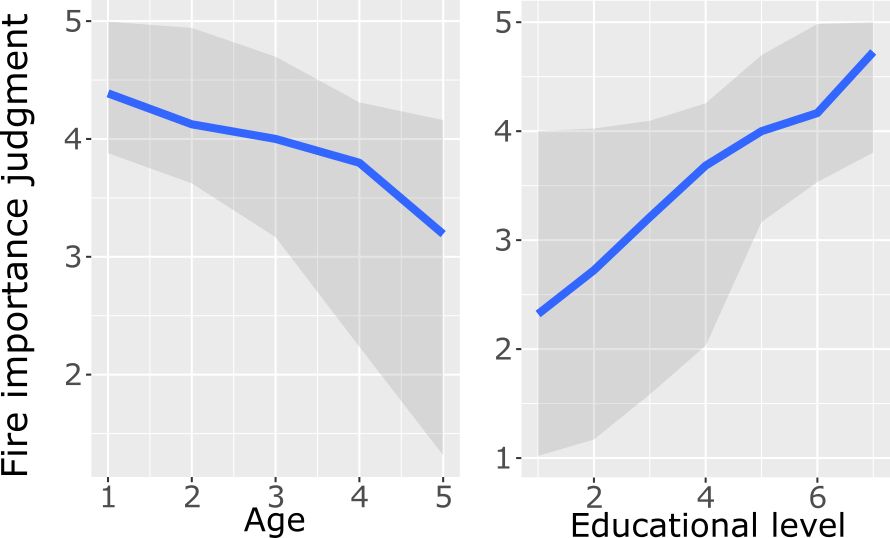
– **Education matters**: Higher education correlates with prioritizing biodiversity.
– **Age plays a role**: Older residents undervalue fire’s ecological role.
– **Policy barriers**: Lack of training and stigma around fire use persist.
– **Perception Gap**: Only ~35% of rural residents see fire as a tool (vs. 72% of specialists).
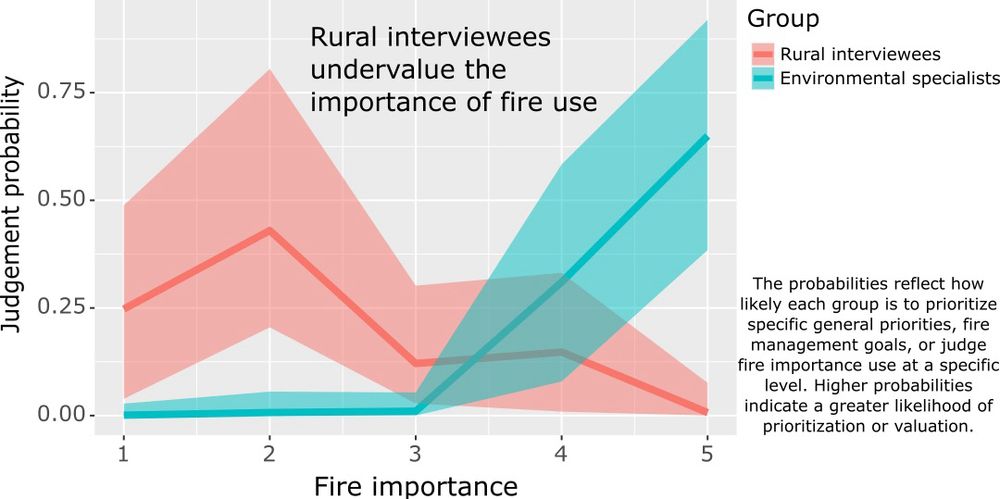
– **Perception Gap**: Only ~35% of rural residents see fire as a tool (vs. 72% of specialists).
– **Shared Priorities**: Both rural residents and specialists ranked **water protection** and **biodiversity conservation** as top fire management goals.
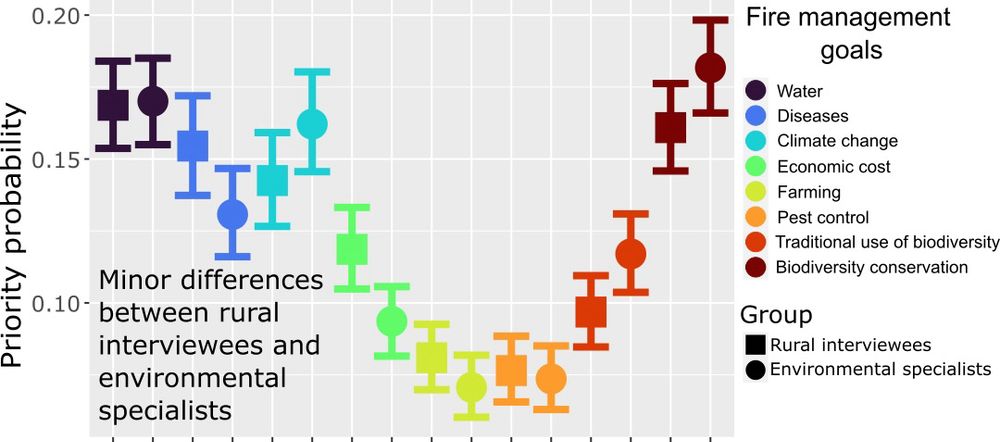
– **Shared Priorities**: Both rural residents and specialists ranked **water protection** and **biodiversity conservation** as top fire management goals.
– Home to **5% of Earth’s biodiversity**.
– Stores **13.7 billion tons of carbon**.
– A water tower for South America, feeding 8 major river basins.
Yet, unsustainable fires threaten these ecosystems. 🔥
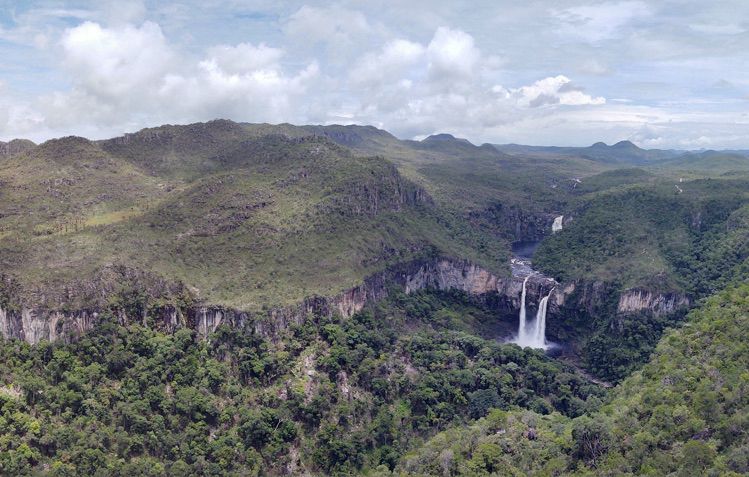
– Home to **5% of Earth’s biodiversity**.
– Stores **13.7 billion tons of carbon**.
– A water tower for South America, feeding 8 major river basins.
Yet, unsustainable fires threaten these ecosystems. 🔥

